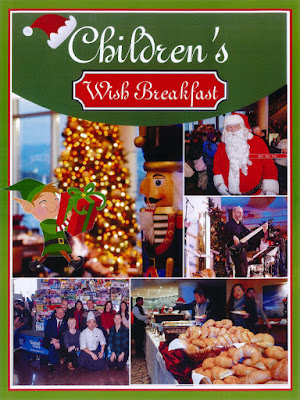Between 1910 and the early 1950s, you could take a train from Downtown Vancouver to what was then known as Langley Prairie, all the way out to Chilliwack. If the system still existed today, I could have walked 8 minutes to the train stop at Glover Road and Fraser Highway with my final stop being the terminus in Downtown Vancouver. This system was called the Interurban. Ripping up this system was one of the biggest transportation mistakes made in our region in the mid-twentieth century.
You can read more about the Interurban on my blog and look at some of the old line maps. Ironically, we are rebuilding these old rail lines today, but with SkyTrain technology, and for a whole lot more money.
At the end of October, Greyhound Canada stopped providing bus service to Langley City. Its former bus depot is located across the street from the current TransLink Langley Centre bus loop. Greyhound Canada took over Pacific Stage Lines which was the replacement service provided when the Interurban rail network was shutdown.
 |
| Former Greyhound Bus Depot in Langley City. Select image to enlarge. |
I was digging through TransLink’s “The Buzzer” archive and found an article from April 23, 1954 about the former Langley bus depot (I believe originally located at Douglas Crescent and Park Avenue.)
Shortly after 11 a.m. next Monday, Reeve Brooks of Langley Prairie will wield a pair of shears on a ribbon and the new Pacific Stage Lines Bus Depot and B.C. Electric Offices will be officially open.
It’s a smart and modern building which makes generous use of brick, plate glass and concrete block — a handsome addition to a rapidly growing community.
…
The new building is one of five new depots which the company has erected in the Valley since the war. Chilliwack, Mission, Cloverdale and White Rock… Now Langley.
Later this year two others will be completed at Abbotsford and Haney.
This “first-class service in first-class quarters” bus system latest in Langley City for 64 years. I look forward to the day when I can once again take a train from Langley City to other points in our region.























